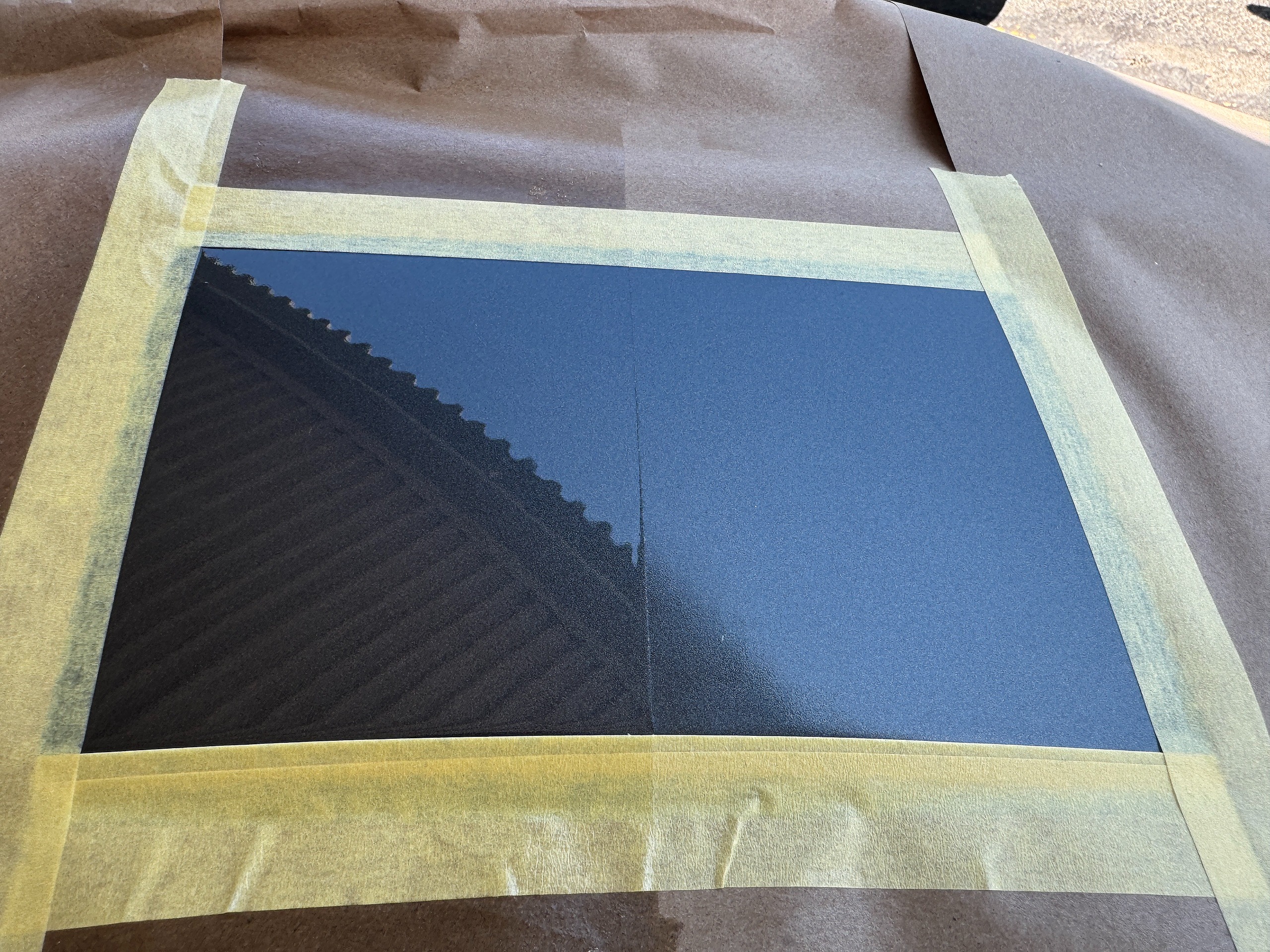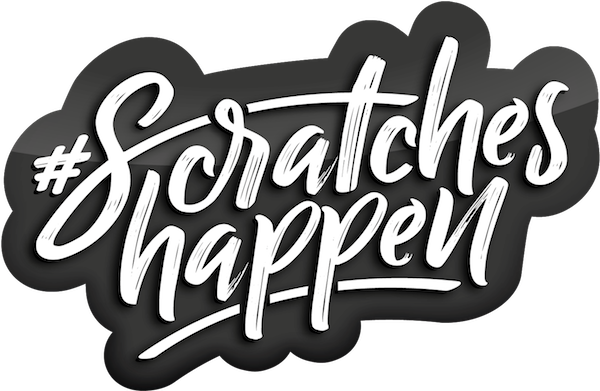How To
My final finish is not glossy or shiny
Application technique is usually the culprit in cases of low gloss. Here's how to fix it.
Last updated on 17 Oct, 2025
For brush on repairs: Assuming that you applied our gloss clear coat, sometimes the temperature, weather conditions or method of application results in less than high gloss. If the finish is not glossy, you may not have applied enough coats, or enough clear coat to flow. There is some technique involved here, because too little clear coat may appear dull, and too much will run. Try your technique on the test card to get the best results, then work on your repair.
Another step would be to wax the area with a quality car wax. As a last resort, you can also re-coat the clear coat again, making sure enough is applied to flow and achieve that gloss finish. If re-coating, you may need to prep the area by lightly sanding the clear coat with 500 grit paper before applying more clear coat.
For aerosol repairs: If the final clear coat appears matte or satin like, it may be due to a "dry spray" effect, which is due to the application method. Clear coat is sprayed differently than the base color which goes on in thin coats. Clear coat needs to "flow", which requires a full wet coat, which is applied with 50% overlapping strokes, with a little closer application of the nozzle, and sometimes with slower speed than when you spray the paint.
The trick is not to over coat it or you will get runs or sags. If you spray the clear coat too far away, it can dry in the air and land as dry spray, with a satin finish. Spray with strokes that are too fast or too far apart, and you'll get a similar matte or less than glossy finish. Practice on the test card or another body panel if you have one. Proper clear coat application will result in a glossy final finish.
If you are done spraying and the clear coat looks satin or matte when it is wet, it will remain matte once it dries. Likewise, if you are done spraying and the clear coat looks glossy when wet, it will dry glossy as well.
How to fix dry spray effect: If you are left with a satin, slightly coarse finish from the above dry spray effect, you can re-coat the clear coat with a full wet coat that flows. However you need to prep the surface first by wet sanding with 1000-1500 grit paper. This wet sanding will take down the rough surface and give you a smooth substrate to re-coat. In the case where the last coat of clear coat is more than 24 hours old, this wet sanding will also prep the surface for better adhesion. Practice your clear coat spray technique on a test card or test board because technique is important with this final step.
Remember to use a prep wipe (or other wax remover/degreaser) and a tack cloth whenever you sand between coats.
See our How to Spray ScratchesHappen Touch Up Paint video on YouTube for more tips.


Bad Dry Spray Effect No Dry Spray Effect

